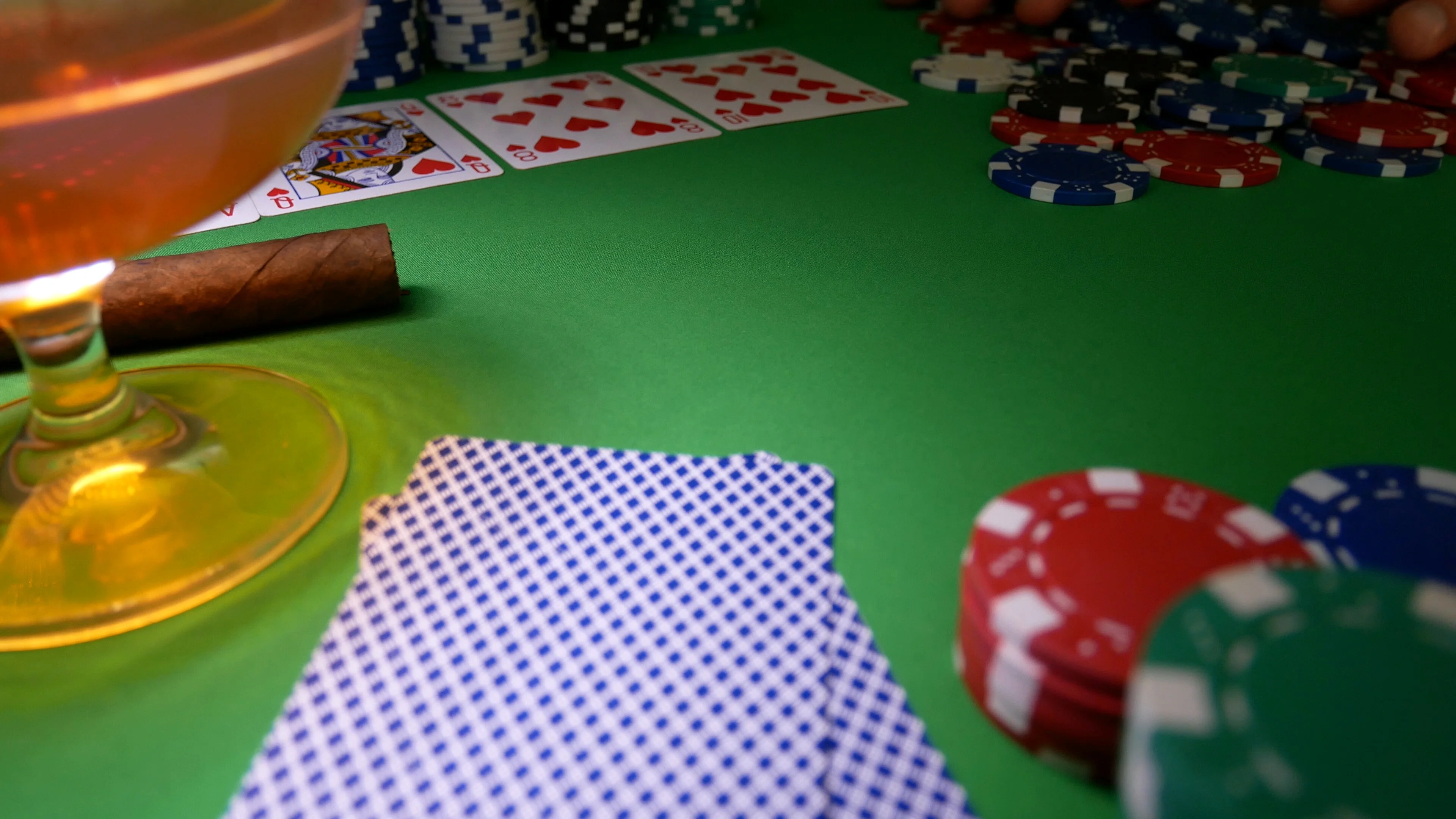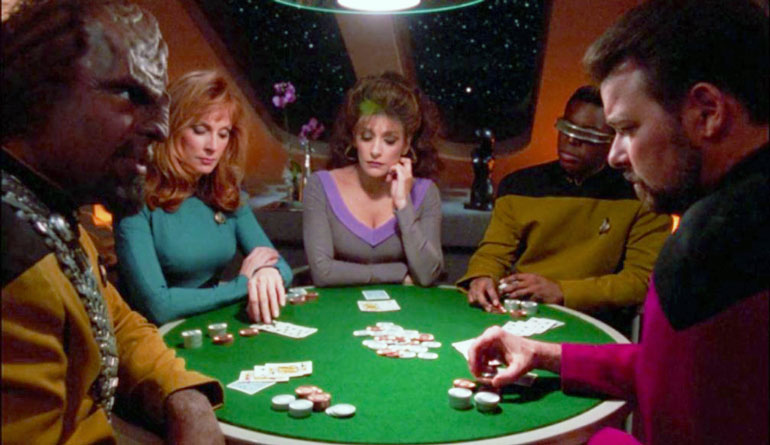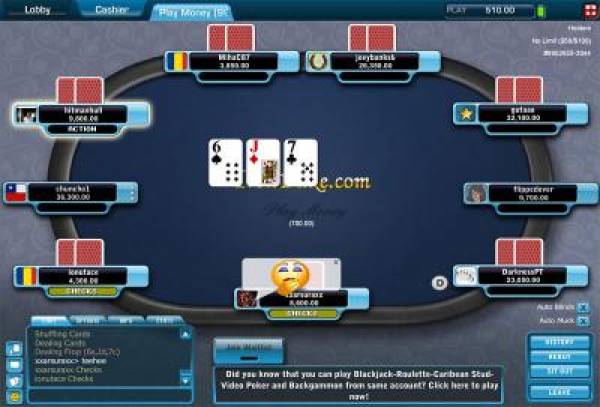Winning at poker isn’t all about the fundamentals.
There are a handful of special power moves that, when mastered, can make the difference between winning a little and winning a lot.
In this 10-part beginner poker strategy series we show you exactly how to use these powerful poker moves to make more money.
Today we look at the squeeze play, a move that can increase your win rate regardless of what cards you’re holding.
Here are the additional moves for playing on the web poker MTT’s. Discover these plays work reliably enough to make them accommodating. Unmistakably, make no accreditations. Develop a picture as a tight dormant player and survey the table picture of your adversaries. There are certain moves in poker that stand the test of time. Everybody loves a solid staple that they can come back to time and time again. Whether it’s an old boxset of Fawlty Towers, your mum’s recipe for apple crumble or a nicely worn-in pair of jeans it is comforting to have certain things in life that are always there and always.

By leveraging a few key concepts and using your understanding of your opponents’ playing tendencies, we’ll show you how to squeeze every cent of out of your poker sessions.
How to Make a Poker Squeeze Play
The What: The squeeze play is a bluffing opportunity arising when a loose player raises before the flop and another loose player calls behind him.The “Squeeze” comes in when you put in a big three-bet and blast both of them off the pot.
The Why: Because a loose/aggressive player will often be opening with a wide range of hands, and the second player will be calling with a very wide range to see a cheap flop, neither one has a hand that can stand up to a big three-bet.
The Who: Look for loose/aggressive opening raisers who are opening too often, and weaker, passive players who are calling to see cheap flops.
Poker Card Moves
The Where: Squeeze plays can be used in tournaments and cash games but they’re only effective in big-bet games like No-Limit Hold’em and Pot-Limit Omaha. In Limit games you can’t raise enough to force your opponents to fold.
Squeeze Plays Done Right
At its core the squeeze play relies on:
- the opening raiser’s loose table image and
- the calling player’s awareness of that image

Just picture it like this:
Player A (Raiser): Has a loose table image and a wide open-raising range.
Player B (Caller): Is aware of Player A’s loose image and has a wide calling range because of it.
You have to identify the right combination of loose open-raising and loose flat-calling to get a high percentage of folds.
But that’s not all that goes into a successful squeeze play:
Raise Big – Your squeeze play has to be big enough to force your opponents to fold mediocre hands. Your squeeze raise should be at least five times the initial raise.
Less Players Behind You is Better – Ideally you want to squeeze when you have as few as possible players still to act behind you. The more players to act, the more likely someone’s going to wake up with a hand. It’s also helpful if the players still to act are tight and not likely to call light.
Your Credibility and Table Image – How you’ve been playing and what your opponents know about you will affect how light they’re willing to call off. The tighter you’ve been playing the better.
Related Reading:
All-In Squeeze Plays in Tournaments
One of the places you’ll see this move most often is when people squeeze all-in during a tournament. There are two big reasons this is the easiest and most effective place to squeeze.
- No Post-Flop Play – Since you either get called or you don’t, it takes the guesswork out of playing three-bet pots after the flop.
- Added Strength – If your opponents are calling for their tournament lives they will fold a wider range of hands.
All-in tournament squeezes still rely on a loose raiser and a loose caller, but there’s another set of variables you have to consider.
The size of your chip stack, your opponents’ stacks and the blinds all have to align to make this kind of squeeze play truly effective.
Just like all squeeze plays you need to have enough chips to force your opponents to fold but in tournaments your all-in has to make sense in relation to the blinds as well.

Look for spots where you have roughly 15 big blinds. In most situations any less than that and you’ll be giving your opponents too good a price on a call.
Related Reading:

The Power of the Squeeze Play Comes from 3 Factors:

Poker Moves You Can Use
- Lots of aggressive players open-raise with weak hands that can't stand up to a big three-bet.
- The players who are just calling are most likely holding marginal hands too since they opted not to raise.
- When you re-raise, you put the original raiser in a tough spot, out of position with players still to act behind him.
All Poker Moves
All of this adds up to folds from your opponents and more chips in your stack. Watch the video below and learn to use the squeeze play in just two and a half minutes.
More Essential Texas Hold'em Moves: